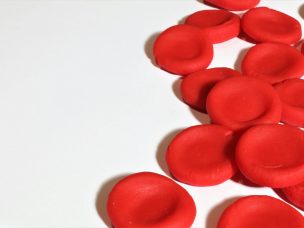In the United States, patients with sickle cell disease (SCD) are often Black, poor, and publically insured, leaving them vulnerable to barriers in care. In addition, adolescent patients with SCD are especially vulnerable when transitioning from pediatric to adult care. A patient’s level of health literacy is thought to influence the success of this transition.
This cross-sectional study, published in the Journal for Specialists in Pediatric Nursing, sought to compare the health literacy of adolescents with and without SCD. A total of 239 adolescents with and without SCD were evaluated for health literacy.
Ultimately, it was found that the group with SCD had a significant correlation among age, grade level, and health literacy. Moreover, the group without SCD had a significant correlation among income, parental education level, and health literacy. Lastly, the group with SCD had significantly lower health literacy scores than the group without SCD.
The researchers concluded that low health literacy seems to be yet another disparity faced by adolescents with SCD. A call to action is made for healthcare providers to support the health literacy of their adolescent patients with SCD to aid in improved SCD outcomes for this vulnerable population [1].
Source:
[1] Perry Caldwell, E., & Killingsworth, E. (2021). The health literacy disparity in adolescents with sickle cell disease. Journal for Specialists in Pediatric Nursing, 26(4). https://doi.org/10.1111/jspn.12353










